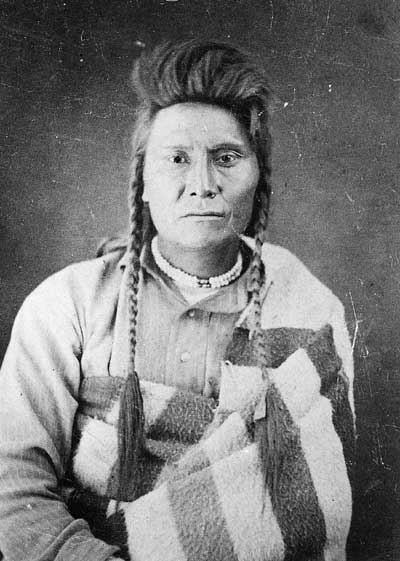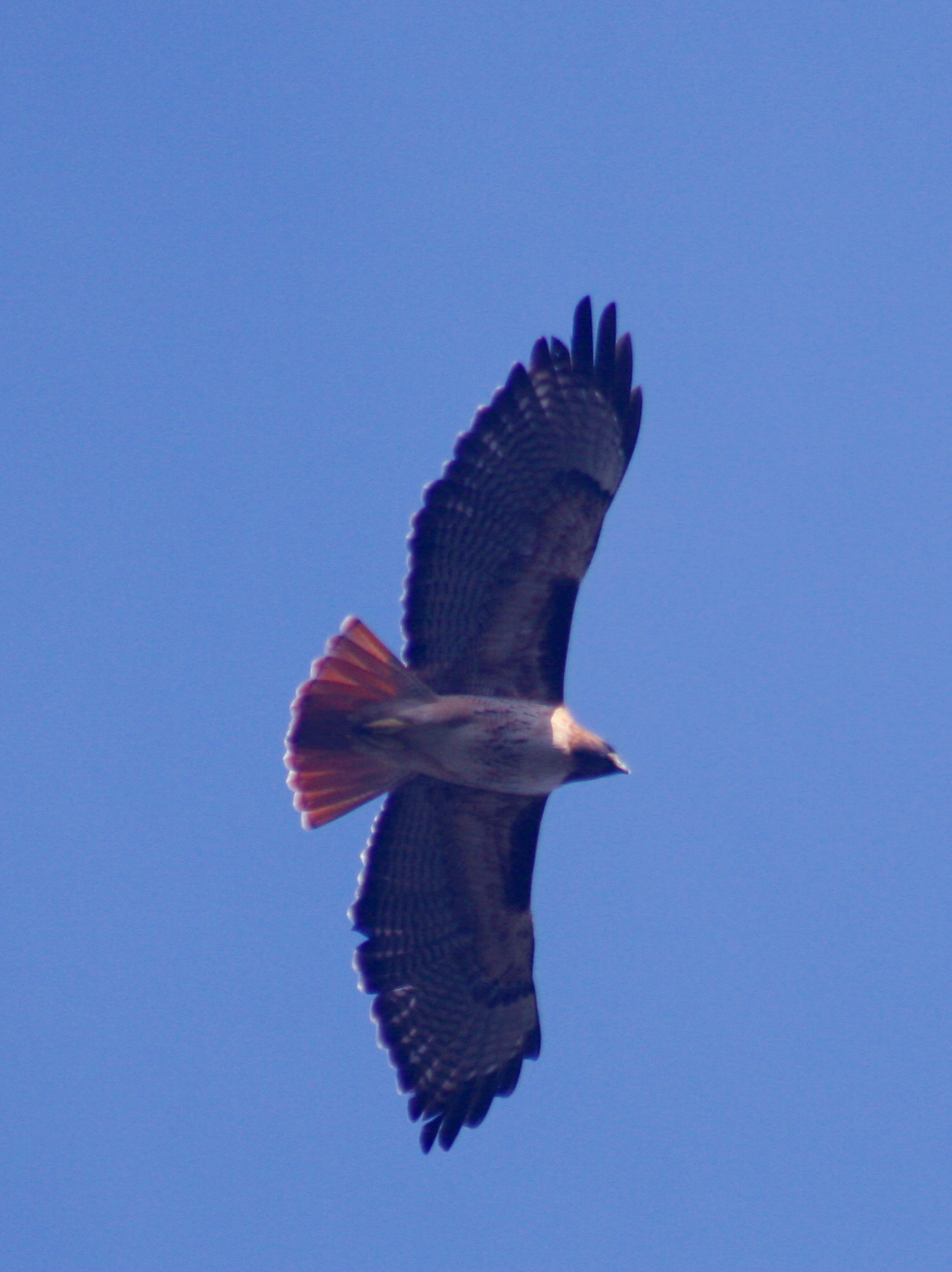|
Zumwalt Prairie
Zumwalt Prairie is a grassland area located in Wallowa County, Oregon, Wallowa County in northeast Oregon, United States. Measuring , much of the land is used for agriculture, with some portions protected as the Zumwalt Prairie Preserve owned by The Nature Conservancy.Richard, Terry. To conserve and protect (and hike). ''The Oregonian'', April 2, 2006. Part of that portion is designated as a National Natural Landmark. The high elevation prairie is along the west edge of Hells Canyon on the Oregon-Idaho border. Geography The Zumwalt Prairie grassland is situated on a basalt plateau which varies in elevation from and is dominated by several native bunchgrasses, including Idaho Fescue (''Festuca idahoensis''), Bluebunch wheatgrass (''Pseudoroegneria spicata''), Sandberg's Poa, Bluegrass (''Poa secunda'') and many species of wildflowers. The Zumwalt Prairie is a piece of a once extensive temperate grassland system west of the Rocky Mountains which extended into Canada. The Zumwal ... [...More Info...] [...Related Items...] OR: [Wikipedia] [Google] [Baidu] [Amazon] |
Wallowa County, Oregon
Wallowa County () is the northeasternmost county in the U.S. state of Oregon. As of the 2020 census, the population was 7,391, making it Oregon's fifth-least populous county. Its county seat is Enterprise. According to '' Oregon Geographic Names'', the origins of the county's name are uncertain, with the most likely explanation being it is derived from the Nez Perce term for a structure of stakes (a weir) used in fishing. An alternative explanation is that ''Wallowa'' is derived from a Nez Perce word for "winding water". The journals of Lewis and Clark Expedition record the name of the Wallowa River as ''Wil-le-wah''. Wallowa County is part of the eight-county definition of Eastern Oregon. History In 1871, the first white settlers came to the area, crossing the mountains in search of livestock feed in the Wallowa Valley. The county was established on February 11, 1887, from the eastern portion of Union County. Boundary changes occurred with Union County in 1890, 1900, a ... [...More Info...] [...Related Items...] OR: [Wikipedia] [Google] [Baidu] [Amazon] |
Poa Secunda
''Poa secunda'' (variously known by the common names of Sandberg bluegrass, alkali bluegrass, big bluegrass, Canby's bluegrass, Nevada bluegrass, one-sided bluegrass, Pacific bluegrass, pine bluegrass, slender bluegrass, wild bluegrass, and curly bluegrass) is a widespread species of perennial bunchgrass native to North and South America. It is highly resistant to drought conditions, and provides excellent fodder; and has also been used in controlling soil erosion, and as revegetator, often after forest fires.Fact Sheet available in PDF and DOC form froUSDA PLANTS Profile/ref> Cultivars include 'Canbar', 'Service', 'Sherman', and 'Supernova'. Historically, indigenous Americans, such as the Gosiute of Utah, have used ''P. secunda'' for food. It was originally described botanically in 1830 by Jan Svatopluk Presl, from a holotype collected from Chile by Thaddäus Haenke in 1790. Native distribution *In North America, ''Poa secunda'' is native to Canada (in Alberta; British C ... [...More Info...] [...Related Items...] OR: [Wikipedia] [Google] [Baidu] [Amazon] |
Ammodramus Savannarum
The grasshopper sparrow (''Ammodramus savannarum'') is a small New World sparrow. It belongs to the genus ''Ammodramus,'' which contains three species that inhabit grasslands and prairies. Grasshopper sparrows are sometimes found in crop fields and they will readily colonize reclaimed grassland. In the core of their range, grasshopper sparrows are dependent upon large areas of grassland where they avoid trees and shrubs. They seek out heterogenous patches of prairie that contain clumps of dead grass or other vegetation where they conceal their nest, and also contain barer ground where they forage for insects (especially grasshoppers), spiders, and seeds. Grasshopper sparrows are unusual among New World sparrows in that they sing two distinct song types, the prevalence of which varies with the nesting cycle. The primary male song, a high trill preceded by a stereotyped series of short chips, is reminiscent of the sounds of grasshoppers and is the origin of this species' name. Like s ... [...More Info...] [...Related Items...] OR: [Wikipedia] [Google] [Baidu] [Amazon] |
Eremophila Alpestris
The horned lark or shore lark (''Eremophila alpestris'') is a species of lark in the family Alaudidae found across the northern hemisphere. It is known as "horned lark" in North America and "shore lark" in Europe. Taxonomy The horned lark was formally described in 1758 by the Swedish naturalist Carl Linnaeus in the tenth edition of his ''Systema Naturae'' under the binomial name ''Alauda alpestris''. Linnaeus based his account on the description and illustration by the English naturalist Mark Catesby in his book ''The Natural History of Carolina, Florida and the Bahama Islands'' that was published between 1729 and 1732. Linnaeus specified the type locality as North America but this has been restricted to the coastal areas of South Carolina. The horned lark is now placed together with Temminck's lark in the genus '' Eremophila'' that was introduced in 1828 by the German naturalist Friedrich Boie. The specific epithet ''alpestris'' is Latin meaning "of the high mountains", from ''A ... [...More Info...] [...Related Items...] OR: [Wikipedia] [Google] [Baidu] [Amazon] |
Pooecetes Gramineus
The vesper sparrow (''Pooecetes gramineus'') is a medium-sized New World sparrow. The only member of the genus ''Pooecetes'', it is a pale sparrow with brown streaks that breeds across the grasslands of northern North America. It migrates to winter in the southern United States and Mexico. Taxonomy The vesper sparrow was formally described in 1789 by the German naturalist Johann Friedrich Gmelin in his revised and expanded edition of Carl Linnaeus's ''Systema Naturae''. He placed it with the finches in the genus ''Fringilla'' and coined the binomial name ''Fringilla graminea''. He gave the locality as New York. Gmelin based his own description on those for the "grass finch" that had been described by John Latham in 1783 and by Thomas Pennant in 1785. The vesper sparrow is now the only species placed in the genus ''Pooecetes'' that was introduced in 1858 by the American naturalist Spencer Baird. The genus name combines the Ancient Greek ποα (''poa'') meaning "grass" with ο� ... [...More Info...] [...Related Items...] OR: [Wikipedia] [Google] [Baidu] [Amazon] |
Passerculus Sandwichensis
The Savannah sparrow (''Passerculus sandwichensis'') is a small New World sparrow that is the only member of the genus ''Passerculus''. It is a widespread and abundant species that occupies open grassland habitats in North America. Over most of its range it is migratory, breeding in Canada and the northern United States while wintering in Mexico and the southern United States. It is a sexually monomorphic species that is quite variable in appearance. Around 17 subspecies are currently recognised. These are divided into several groups, some of which have sometimes been considered as separate species. The species name ''sandwichensis'' is Latin from Sandwich Sound (now Prince William Sound) in southern Alaska from where the first specimen was collected. The common name refers to Savannah, Georgia, where Alexander Wilson observed the species in 1811. Taxonomy The Savannah sparrow was formally described in 1789 by the German naturalist Johann Friedrich Gmelin in his revised and exp ... [...More Info...] [...Related Items...] OR: [Wikipedia] [Google] [Baidu] [Amazon] |
Aquila Chrysaetos
The golden eagle (''Aquila chrysaetos'') is a bird of prey living in the Northern Hemisphere. It is the most widely distributed species of eagle. Like all eagles, it belongs to the family Accipitridae. They are one of the best-known birds of prey in the Northern Hemisphere. These birds are dark brown, with lighter golden-brown plumage on their napes. Immature eagles of this species typically have white on the tail and often have white markings on the wings. Golden eagles use their agility and speed combined with powerful feet and large, sharp talons to hunt a variety of prey, mainly hares, rabbits, and marmots and other ground squirrels. Golden eagles maintain home ranges or territories that may be as large as . They build large nests in cliffs and other high places to which they may return for several breeding years. Most breeding activities take place in the spring; they are monogamous and may remain together for several years or possibly for life. Females lay up to four egg ... [...More Info...] [...Related Items...] OR: [Wikipedia] [Google] [Baidu] [Amazon] |
Buteo Jamaicensis
The red-tailed hawk (''Buteo jamaicensis'') is a bird of prey that breeds throughout most of North America, from the interior of Alaska and northern Canada to as far south as Panama and the West Indies. It is one of the most common members of the genus ''Buteo''. The red-tailed hawk is one of three species colloquially known in the United States as the " chickenhawk", though it rarely preys on standard-sized chickens. Red-tailed hawks can acclimate to all the biomes within their range, occurring on the edges of non-ideal habitats such as dense forests and sandy deserts.Preston, C. R. (2000). ''Red-tailed Hawk''. Stackpole Books. The red-tailed hawk occupies a wide range of habitats and altitudes, including deserts, grasslands, coniferous and deciduous forests, agricultural fields, and urban areas. Its latitudinal limits fall around the tree line in the subarctic and it is absent from the high Arctic. It favors varied habitats with open woodland, woodland edge and open terrai ... [...More Info...] [...Related Items...] OR: [Wikipedia] [Google] [Baidu] [Amazon] |
Buteo Lagopus
The rough-legged buzzard (Europe) or rough-legged hawk (North America) (''Buteo lagopus'') is a medium-large bird of prey. It is found in arctic and subarctic regions of North America, Europe, and Asia during the breeding season, and migrates south for the winter. Historically, it was also known as "rough-legged falcon" in such works as John James Audubon's ''The Birds of America''. Nests are typically located on cliffs, bluffs or in trees. The avian clutch size, clutch sizes are variable with food availability, but usually three to five eggs are laid. They hunt over open land, feeding primarily on small mammals, mainly lemmings and voles. Along with the kestrels, Kite (bird), kites, and osprey, this is one of the few birds of prey to hover regularly. Description This fairly large raptorial species is with wingspan ranging from . Individuals can weigh from with females typically being larger and heavier than males. Weights appear to increase from summer to winter in adults, ... [...More Info...] [...Related Items...] OR: [Wikipedia] [Google] [Baidu] [Amazon] |
Buteo Swainsoni
Swainson's hawk (''Buteo swainsoni'') is a large bird species in the Accipitriformes order. This species was named after William Swainson, a British naturalist. It is colloquially known as the grasshopper hawk or locust hawk, as it is very fond of Acrididae (locusts and grasshoppers) and will voraciously eat these insects whenever they are available. Their breeding habitat is prairie and dry grasslands in western North America. They build a stick nest in a tree or shrub or on a cliff edge. This species is a long-distance migrant, wintering in Argentina; it has been recorded as a vagrant in neighboring Chile, in the island countries of the Dominican Republic, and Trinidad and Tobago, and in Norway. This species or its immediate predecessor is the ancestor of the Galápagos hawk, as demonstrated by recent research. Then later diverged from the mainland birds perhaps 300,000 years ago, a very short time in evolution. Description Swainson's hawk is a raptor and a medium-sized memb ... [...More Info...] [...Related Items...] OR: [Wikipedia] [Google] [Baidu] [Amazon] |





